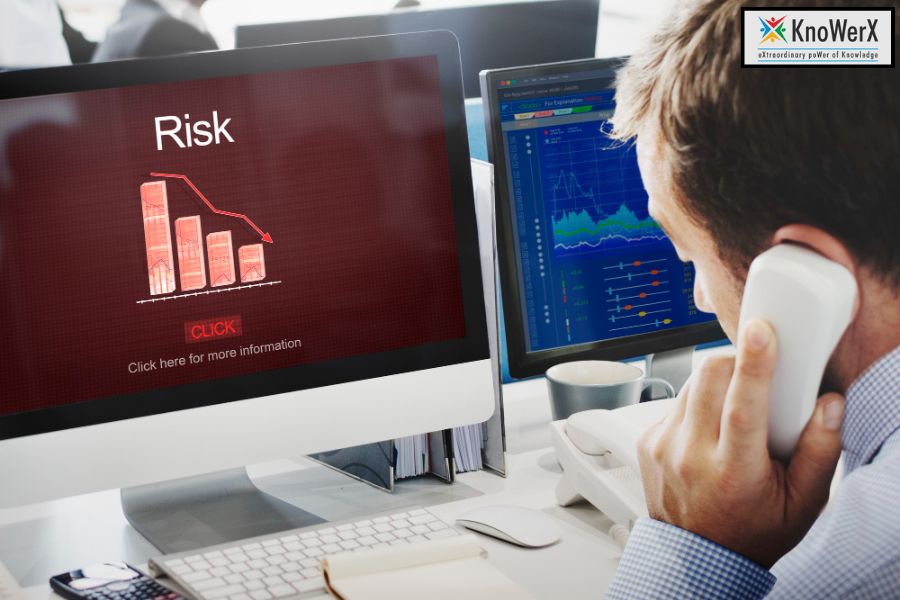Risk Analysis and Response: Overrated or Essential?
Imagine a multimillion-dollar project halted midway due to an unforeseen regulatory change. The team scrambles, budgets explode, and timelines collapse. The post-mortem reveals one glaring omission: the risk was never analysed, let alone planned for.

In a world that’s becoming increasingly complex and uncertain, Risk Analysis and Response is no longer a luxury it may be the linchpin of sustainable decision-making. Yet, some argue it’s an overhyped, resource-draining exercise that rarely delivers on its promises. So, where does the truth lie?
Let’s explore whether Risk Analysis and Response is genuinely essential or simply overrated.
Understanding Risk Analysis and Response
To understand the debate, it’s crucial to define the concept. Risk Analysis and Response refers to a structured approach used in project management and business planning to identify potential threats, assess their impact and likelihood, and implement appropriate strategies to mitigate or respond to them.
This process typically involves:
- Risk Identification: Listing possible risks that might affect objectives.
- Risk Assessment: Evaluating the probability and impact of these risks.
- Risk Response Planning: Developing actions to avoid, reduce, transfer, or accept the risk.
- Monitoring and Control: Continuously tracking and managing risks as projects evolve.
Tools like SWOT analysis, risk matrices, Monte Carlo simulations, and scenario planning often play vital roles in executing a successful Risk Analysis and Response strategy.
Arguments for Its Essential Nature
Improved Decision-Making
One of the most compelling arguments in favour of Risk Analysis and Response is its role in enhancing decision-making. When you anticipate potential disruptions, you can prepare contingency plans, allocate resources efficiently, and reduce surprises.
For instance, in construction projects, planning for material shortages or labour delays can prevent costly rework and penalties. In IT, risk analysis helps safeguard data and maintain business continuity during cyber-attacks.
Minimises Financial Loss
A comprehensive Risk Analysis and Response process helps organisations prevent or lessen the impact of risks that could lead to significant financial losses. This is especially critical in sectors like finance, energy, and manufacturing, where minor errors can lead to massive repercussions.
A case in point: a global pharmaceutical company avoided a $50 million delay by identifying supply chain vulnerabilities early and rerouting production proactively.
Mandatory for Compliance and Governance
In many industries, regulatory bodies require evidence of formal risk management practices. Without robust Risk Analysis and Response, companies risk non-compliance, legal issues, and damage to reputation. Frameworks like ISO 31000 and PMBOK place heavy emphasis on risk management as a foundational requirement.
Why Some Consider It Overrated
Despite its apparent benefits, Risk Analysis and Response is not without criticism.
Too Theoretical and Time-Consuming
Many argue that traditional risk processes can be overly bureaucratic and consume disproportionate time and resources. Managers often feel like they’re “ticking boxes” rather than generating actionable insights. In fast-moving environments, the static nature of many risk models may also fail to keep pace.
Inaccurate Predictions
Critics also highlight the limitations of forecasting. Risk assessments rely heavily on assumptions, which are often flawed or based on incomplete information. The COVID-19 pandemic is a prime example a low-likelihood, high-impact event that was largely unaccounted for in most corporate risk plans.
Misplaced Focus
Sometimes, organisations over-prepare for minor, low-impact risks while overlooking more significant threats. This misplaced focus can drain energy and divert resources from more critical operational needs.
Striking a Balance
So, is Risk Analysis and Response essential or overrated? The answer may not be binary. The real value lies in how the process is applied.
Make It Scalable
Risk management doesn’t need to be complex to be effective. Tailoring the depth and breadth of Risk Analysis and Response to match the project size and nature ensures efficiency without sacrificing insight. For example, a startup may adopt a lightweight, agile framework, while a multinational corporation requires a more formal structure.
Focus on Strategic Risks
Rather than listing every conceivable threat, focus on those that directly affect key business objectives. Strategic alignment ensures that Risk Analysis and Response delivers meaningful input to top-level decisions.
Integrate with Agile and Lean Models
Modern organisations are increasingly blending risk management into agile methodologies. Risk backlogs, sprint-level risk reviews, and rapid response loops allow Risk Analysis and Response to remain dynamic and actionable.
Leverage Technology
Today’s digital tools from AI-based forecasting to cloud-based risk dashboards are making Risk Analysis and Response more data-driven and real-time. This transformation allows businesses to adapt to evolving threats without slowing down.
Frequently Asked Questions
What is Risk Analysis and Response?
Risk Analysis and Response is a structured process used in project management and business operations to identify potential risks, assess their impact and likelihood, and formulate strategies to mitigate or respond to them effectively.
Why is Risk Analysis and Response important in supply chain management?
In supply chains, disruptions such as supplier failure, regulatory changes, and geopolitical issues can severely impact operations. Risk Analysis and Response helps anticipate such events and plan contingencies to ensure business continuity and minimise losses.
What are common tools used in Risk Analysis and Response?
Common tools include SWOT analysis, risk matrices, Monte Carlo simulations, scenario planning, and AI-based forecasting systems. These tools help visualise, prioritise, and manage risks efficiently.
Ending Notes

At KnoWerX, we believe that Risk Analysis and Response is not just a theoretical concept it’s a strategic imperative in the world of Supply Chain Management. With global supply chains becoming more interconnected and vulnerable to disruptions, organisations must be proactive rather than reactive. Ignoring potential risks can lead to missed opportunities, financial loss, and operational breakdowns.
As an institute dedicated to training professionals in supply chain excellence, KnoWerX equips learners with practical, industry-relevant knowledge on identifying, analysing, and responding to risks effectively. We empower supply chain leaders to build resilient systems, make data-informed decisions, and lead with confidence even in times of uncertainty.
So, is Risk Analysis and Response overrated or essential? From a supply chain management perspective and from the lens of KnoWerX it is undeniably essential for building future-ready organisations that can thrive in a dynamic world.
Image Reference: Freepik
Disclaimer: All trademarks, logos, and brand names are the property of their respective owners. All company, product, and service names used in this website are for identification purposes only. Use of these names, trademarks, and brands does not imply endorsement.



